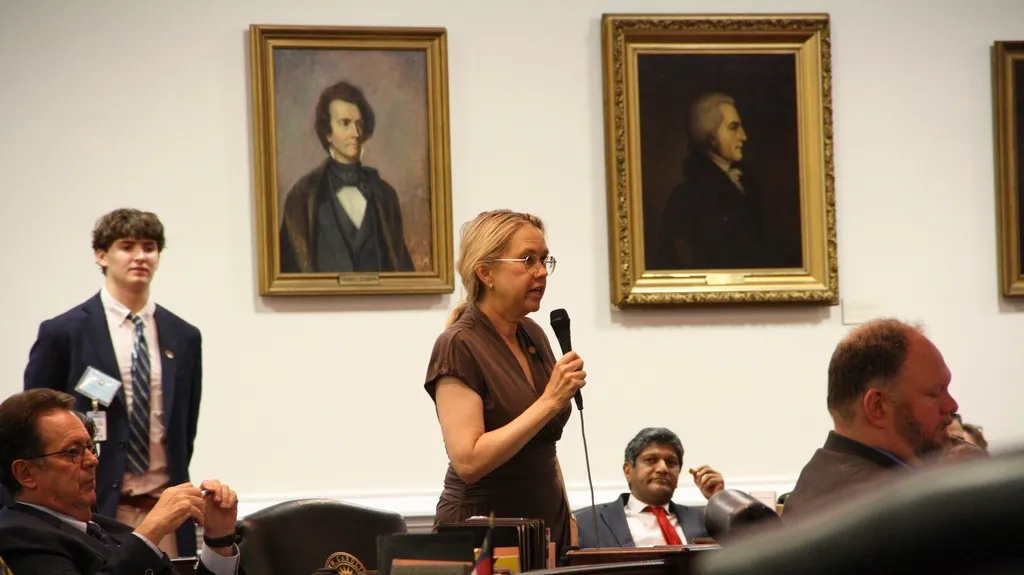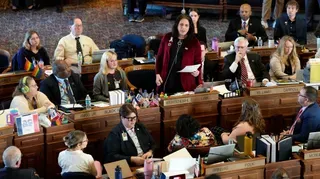June 20, 2012
Anti-Gay Christian Writes Book After Living as a Gay Man for a Year
Jason St. Amand READ TIME: 3 MIN.
Timothy Kurek, 26, called himself a homophobic Christian but decided to see what it was like to live as a gay man for a full year, the New York Daily News reported.
Kurek, who is from Nashville, Tenn., started the experiment in 2009 after growing up in a religious household where he was taught that being gay was a sin. Additionally, Kurek's friend went through with the lifestyle change after a close family friend came out of the closet.
"She had just come out to her family and been brutally disowned," Kurek said. "She had been excommunicated from her entire life and two words changed it all. Two simple words. 'I'm gay.'"
Watching his friend's family turn their backs on her, Kurek began to question his own faith and finally decided to tell his family and friends that he was "gay".
"My family was very supportive initially," he told MSNBC. "They treated me with the love and respect I expected. I don't think they quite knew how to react to having a gay family member, but, you know, that was the religious barrier there that we are all kind of captive to."
After he "came out," he stopped hanging out with his religious friends and started to spend time in Nashville's gay areas. He spent time in gay-friendly bars, coffee shops and bookstores. During that time, he was writing a book about his experiences.
In his book, which is currently untitled, Kurek said that he will explain "how he interacted with the LGBT community, whether anyone could sense he was actually straight, and what his parents said when he admitted to them that he wasn't really gay, and that his 'coming out' was only an experiment," he told the Daily News.
"I will be the first one to say that my experience is severely limited," he told MSNBC. "There is no way I could possibly understand what it's like to be actually gay.
"The book itself is not at all about what it is like to be gay, but only about how the label of gay impacted my external life and how those things kind of altered my faith and challenged my beliefs."
This isn't the first time someone has chronicled going undercover as a member of a despised group. In 1961, journalist John Howard Griffin published the book "Black Like Me." The book describes the experiences of Griffin, who is a white man from Dallas, Texas, when he posed as a black man for six-weeks and traveled on Greyhound buses through the racially segregated states of Louisiana, Mississippi, Alabama and Georgia.
Griffin launched the experiment in 1959 -- a time when race relations were extremely strained and the journalist wanted to show the difficulties black people faced in the South. The book was turned into a movie in 1965 and starred James Whitmore, Sorrell Books and Roscoe Lee Browne.
There was also a 1947 novel by Laura Z. Hobson, which explored the problem of anti-Semitism in America. In Hobson's novel, called "Gentleman's Agreement," Philip Green, a staff writer for a national magazine, is ordered to write a story about anti-Semitism. Green decides to tell people that he is a Jew and then experiences a number of acts of discrimination.
The book, which was a bestseller, was made into a movie and starred Gregory Peck. The film won the 1947 Oscars for Best Film, Supporting Actress (Celeste Holm, as a cynical left-wing magazine editor), and director (Elia Kazan).





